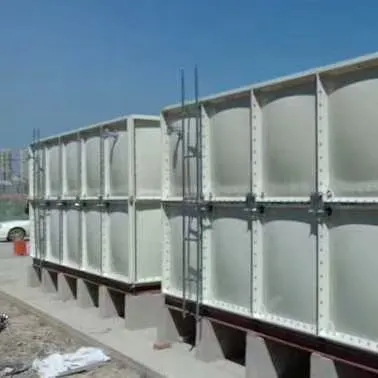loading...
- No. 9, Xingyuan South Street, Dongwaihuan Road, Zaoqiang County, Hengshui, Hebei, China
- admin@zjcomposites.com
- +86 15097380338
- Welcome to visit our website!
Choosing the Right Housing for Reverse Osmosis Membranes in Water Filtration Systems
Understanding Reverse Osmosis Membrane Housing Innovations and Importance
Reverse osmosis (RO) is a widely utilized water purification technology, essential in various industries and for domestic applications. A critical component of this system is the reverse osmosis membrane housing, which plays a vital role in the efficiency and functionality of the RO process. This article explores the significance of membrane housing, its construction, benefits, and advancements in technology.
What is Reverse Osmosis Membrane Housing?
Reverse osmosis membrane housing is essentially the container that holds the RO membranes. These membranes are semi-permeable barriers that allow water to pass through while blocking contaminants, ensuring the removal of impurities like salts, microorganisms, and organic compounds. The membrane housing is designed to maintain the integrity of the membranes and facilitate optimal water flow for effective purification.
Construction and Design
Typically, reverse osmosis membrane housings are made from durable materials such as polycarbonate, PVC, or fiberglass-reinforced plastic. The design is critical as it must withstand high pressure and prevent any leaks or contamination. Most housing units are cylindrical to maximize the surface area of the membranes and ensure uniform pressure distribution. Additionally, the housing features end caps that seal the membranes securely and allow for easy installation and replacement when necessary.
Benefits of Quality Membrane Housing
1. Enhanced Durability High-quality membrane housing is engineered to endure the stresses of high-pressure water flow, reducing the risk of damage over time. This durability prolongs the lifespan of the RO membranes, ultimately lowering operational costs.
2. Improved Performance Effective housing design minimizes turbulence and ensures that water flows evenly across the membrane surface. This optimized flow enhances filtration efficiency and maximizes the removal of contaminants.
reverse osmosis membrane housing

3. Simple Maintenance Membrane housings are designed for easy maintenance. They allow for straightforward inspection, replacement, and cleaning of membranes, reducing downtime and inconvenience for users.
4. Versatility Reverse osmosis membrane housings can be utilized across various applications, including residential, commercial, and industrial settings. They can be customized to fit different membrane sizes and configurations, catering to specific water purification needs.
Technological Advancements
Recent innovations in reverse osmosis membrane housing have revolutionized the water purification process. For instance, the introduction of advanced materials and coatings has improved resistance to chemical degradation, extending the lifespan of both the housing and the membranes. Furthermore, technological enhancements such as smart monitoring systems have been integrated into some designs, providing real-time data on water quality and system performance. These smart features help in early detection of issues such as membrane fouling or leaks, allowing for timely interventions.
Environmental Impact
As concerns over water scarcity and pollution grow, the demand for effective water purification systems, including reverse osmosis technologies, will continue to rise. Innovative membrane housing not only improves efficiency but also promotes sustainability by reducing water waste and the energy required for purification. By utilizing advanced filtration technologies, industries can help ensure safe drinking water availability while minimizing their ecological footprint.
Conclusion
Reverse osmosis membrane housing is a fundamental component in the realm of water purification. Its design and materials directly influence the efficacy of the entire RO system. With ongoing advancements in technology, we can expect even better performance, sustainability, and reliability from these essential water treatment components. As the world continues to seek solutions for clean water access, the importance of robust and efficient membrane housing cannot be overstated, solidifying its place at the forefront of water purification technology.
-
GRP Structures: The Future of Lightweight, High-Performance EngineeringNewsJun.20,2025
-
FRP Water Tank: High-Performance Storage for Corrosive and Clean Water SystemsNewsJun.20,2025
-
FRP Square Tube: The New Industry Standard for Chemical and Structural ApplicationsNewsJun.20,2025
-
FRP Pultruded Profiles: The Ultimate Choice for Lightweight Structural StrengthNewsJun.20,2025
-
FRP Handrails: The Safer, Smarter, and Stronger Choice for Modern InfrastructureNewsJun.20,2025
-
FRP Grating: The Smart Solution for Durable, Lightweight Industrial FlooringNewsJun.20,2025
-
Why Choose a Galvanized Water Tank for Your Storage NeedsNewsMay.21,2025
